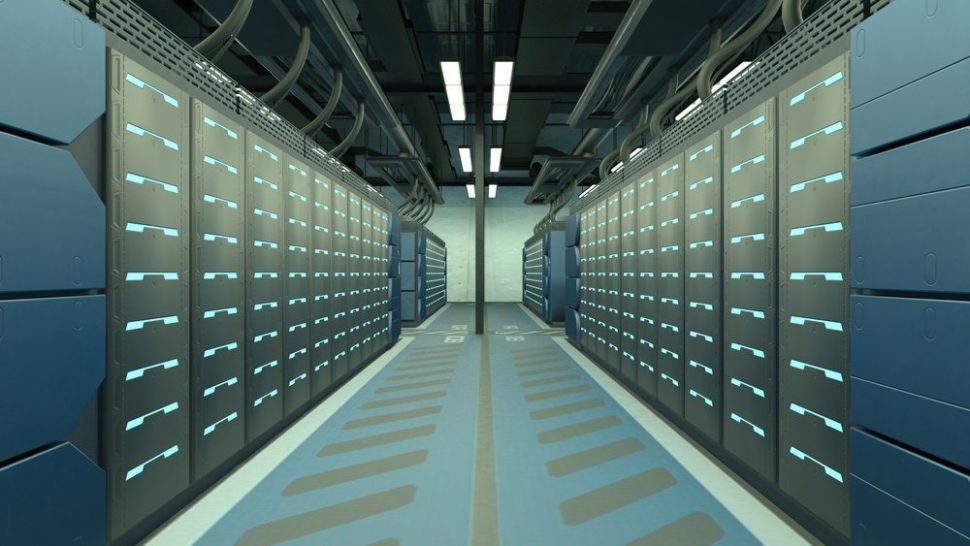As the need for data access and storage in both the private and commercial sectors grows, the large amounts of electricity that storage centers require seems to be ballooning. In 2014 alone, U.S. data centers used an estimated 1.8 percent of all energy usage nationwide, making implementing a more efficient method of powering data centers crucial.
In an energy-conscious business decision, the Texas Advanced Computing Center (TACC) in Austin recently installed a Japanese high power direct voltage (HVDC) system known as the Hikari microgrid.
Hikari means “light” in Japanese, an apt name that reflects the fact that the system operates using solar power.
“a 15% savings could put a huge dent in Both nationwide energy usage, and overhead costs for data storage centers.”
The Hikari Microgrid
The Hikari Supercomputer Project, which is a collaboration between TACC and Japanese company NTT Facilities, INC., is leading the charge in cutting energy costs and limiting the carbon footprint of data centers.
The project uses solar power and HVDC capable of hooking up to other renewable sources like wind and hydrogen fuel cells.
James Stark, the director of Engineering and Construction at the Electronics Environment Corporation (EEC) explains that “the computers themselves – the supercomputer, the blade servers, cooling units, and lighting – are really all designed to run on DC voltage. By supplying 380 volts DC to Hikari instead of having an AC supply with conversion steps, it just makes a lot more sense. That’s really the largest technical innovation.”
During the day, the Hikari system draws power from its solar panels and provides it into the microgrid. At night, the system shifts to AC power from the grid in the same way that most supercomputers do.
By using DC voltage for the system half of the time instead of traditional AC power during the same period, the system saves as much as fifteen percent power when compared to conventional systems.
Given the massive amount of energy consumed daily by data centers in the U.S. alone, a fifteen percent savings could put a huge dent in that 1.8 percent nationwide energy usage number, and overhead costs for data storage centers.











Comments (0)
Most Recent